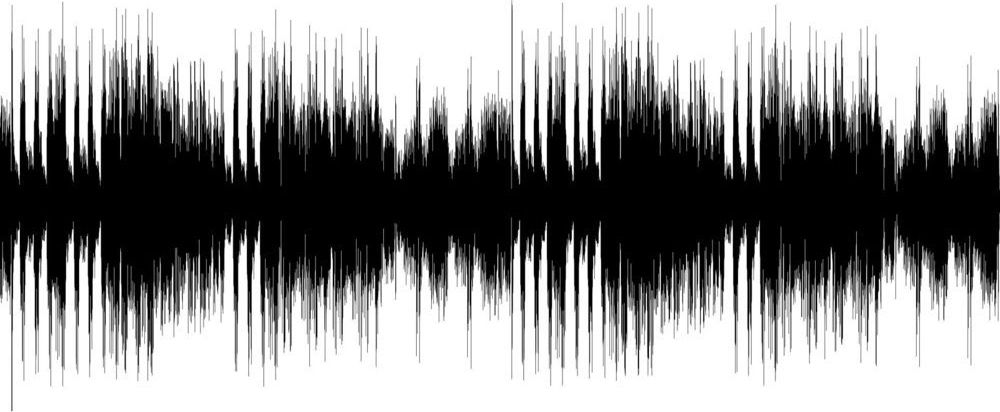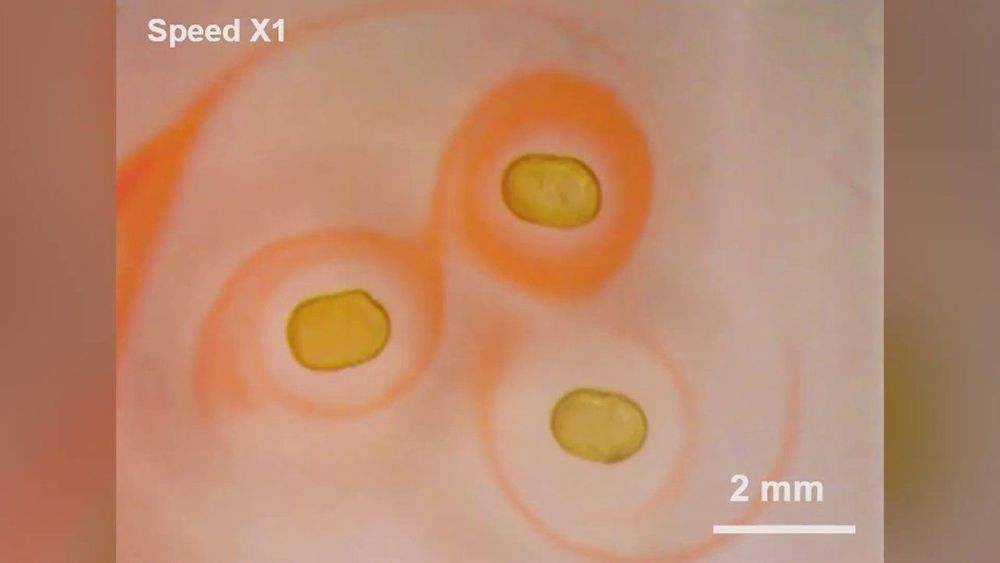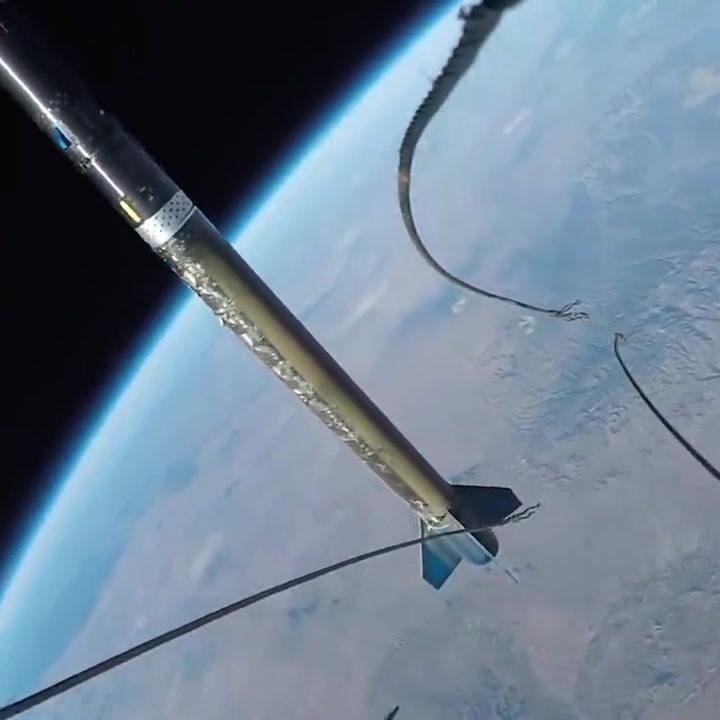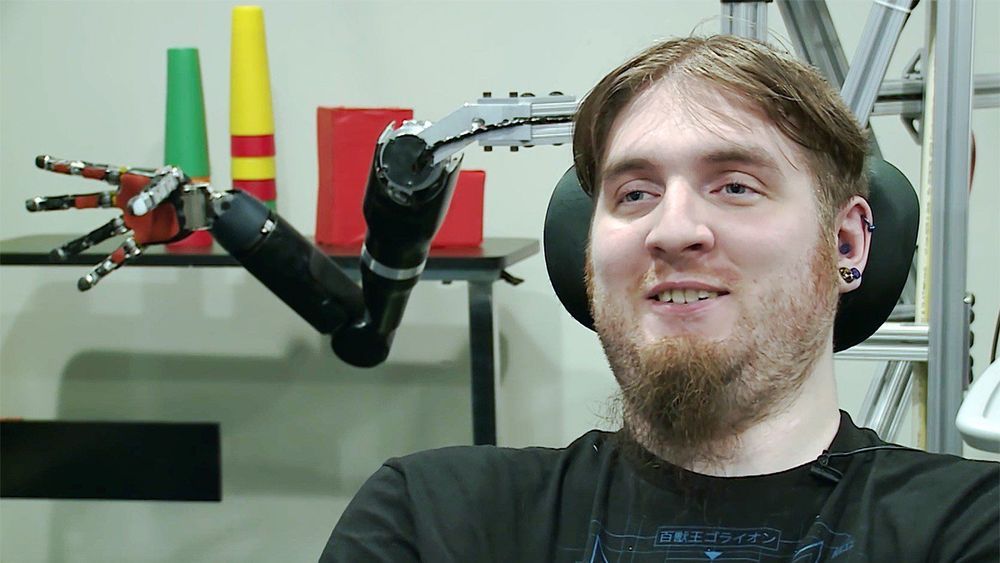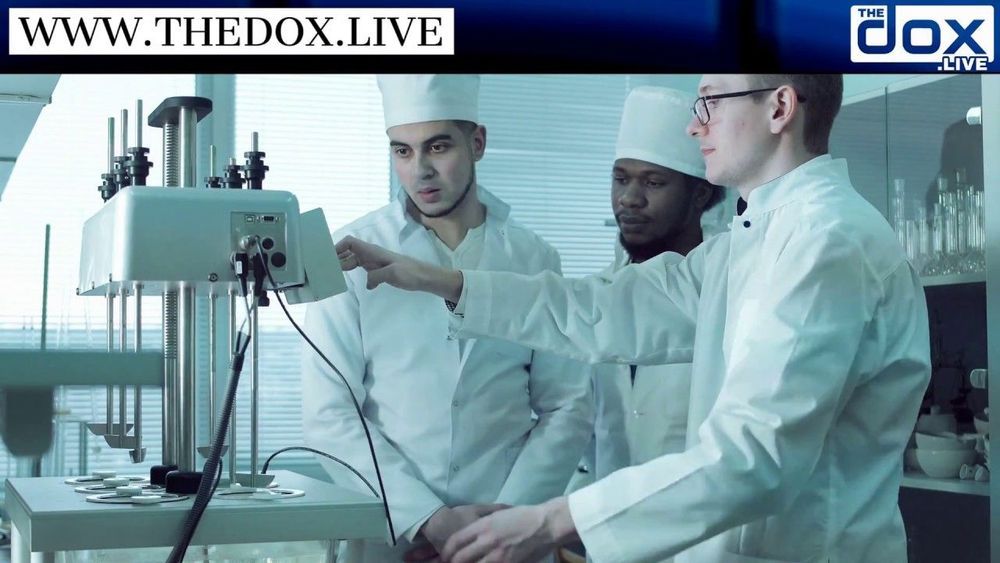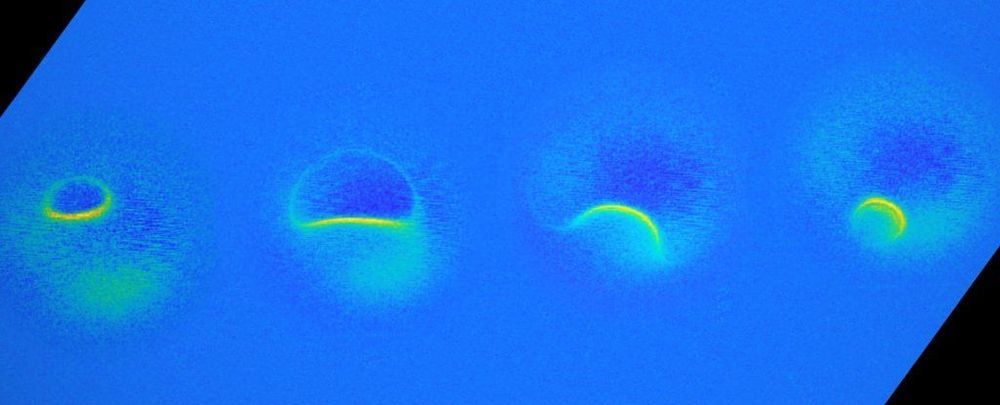7 Followers, 2 Following, 3 Posts — See Instagram photos and videos from @kriorus_eng
Dr. Wim Melis from the University of Greenwich is working on deconstructing and reconstructing audio signals with extremely high accuracy.
Audio is captured and, from there, converted into a spiking signal—the type the brain uses. This is then fed into the brain and reconstructed as a 90–100 percent replica of the original sound.
Current technologies, known as cochlear implants, only achieve a fraction of this. They do the work of damaged parts of the inner ear (cochlea) to provide sound signals to the brain, whereas hearing aids make sounds louder.
Scientists at Berkeley Lab have made a new material that is both liquid and magnetic, opening the door to a new area of science in magnetic soft matter. Their findings could lead to a revolutionary class of printable liquid devices for a variety of applications from artificial cells that deliver targeted cancer therapies to flexible liquid robots that can change their shape to adapt to their surroundings. (Video credit: Marilyn Chung/Berkeley Lab; footage of droplets courtesy of Xubo Liu and Tom Russell/Berkeley Lab)
Rocket Rundown
Posted in robotics/AI, space
Stunning payload separation footage of the UP Aerospace SL-10 rocket. One of the four payloads deployed was a test version of the Maraia Capsule, a concept that was to be used to provide the inexpensive and autonomous on-demand return of small science samples from the International Space Station. Credit: UP Aerospace.
The three-hour event was part marketing spectacle and part dry technical explainer. Musk and his team members described the brain-machine interface design they’re betting on, which will employ dozens of thin wires to collect signals in the brain, and which they want to try out on paralyzed people soon, so they can type with their minds. Their eventual aim is to connect those wires to a thought transmitter which tucks behind your ear like a hearing aid.
Well, it’s pretty cool. It seemed like maybe it will work the way they want down the road, but it probably doesn’t work that way now. A couple of years ago, when I heard he was working with a neural interface, I said I would be there in a heartbeat. I was joking, but it’s interesting to think about what I am going to do when I get explanted. I am coming up on my five years. Then the FDA says my implants may have to come out. Neuralink talked about longevity of the implant and also a large number of electrodes. I always say I wish they had put more electrodes into me.
Basically, the more electrodes you have, the more neurons you record from, so I would imagine higher-degree tasks would be easier. I am limited to thinking about my right arm and hand. I thought it would be good to have more control. I always want to play more video games.
I was going to school at Penn State, Fayette, for nanofabrication, so I didn’t have a job, I was in school.
Refraction AI, founded by two researchers at the University of Michigan, joins a crowded field of self-driving delivery vehicles.
Smart Dust And Nano Bots
Posted in robotics/AI
Pohoiki Beach appears to be step two of Intel’s process-architecture-optimization development model. Step three, a larger integration of Loihi chips to be called Pohoiki Springs, is scheduled to debut later this year. Neuromorphic design is still in a research phase, but this and similar projects from competitors such as IBM and Samsung should break ground for eventual commoditization and commercial use.
The new Pohoiki Beach builds on the 2017 success of Intel’s Loihi NPU.
Using a new technique, scientists have performed the world’s smallest magnetic resonance imaging to capture the magnetic fields of single atoms. It’s an incredible breakthrough that could improve quantum research, as well as our understanding of the Universe on subatomic scales.
“I am very excited about these results,” said physicist Andreas Heinrich of the Institute for Basic Sciences in Seoul. “It is certainly a milestone in our field and has very promising implications for future research.”
You’re probably most familiar with magnetic resonance imaging, or MRI, as a method used to image internal body structures in medicine. An MRI machine uses highly powerful magnets to induce a strong magnetic field around the body, forcing the spin of the protons in the nuclei of your body’s hydrogen atoms to align with the magnetic field, all without producing side-effects.

